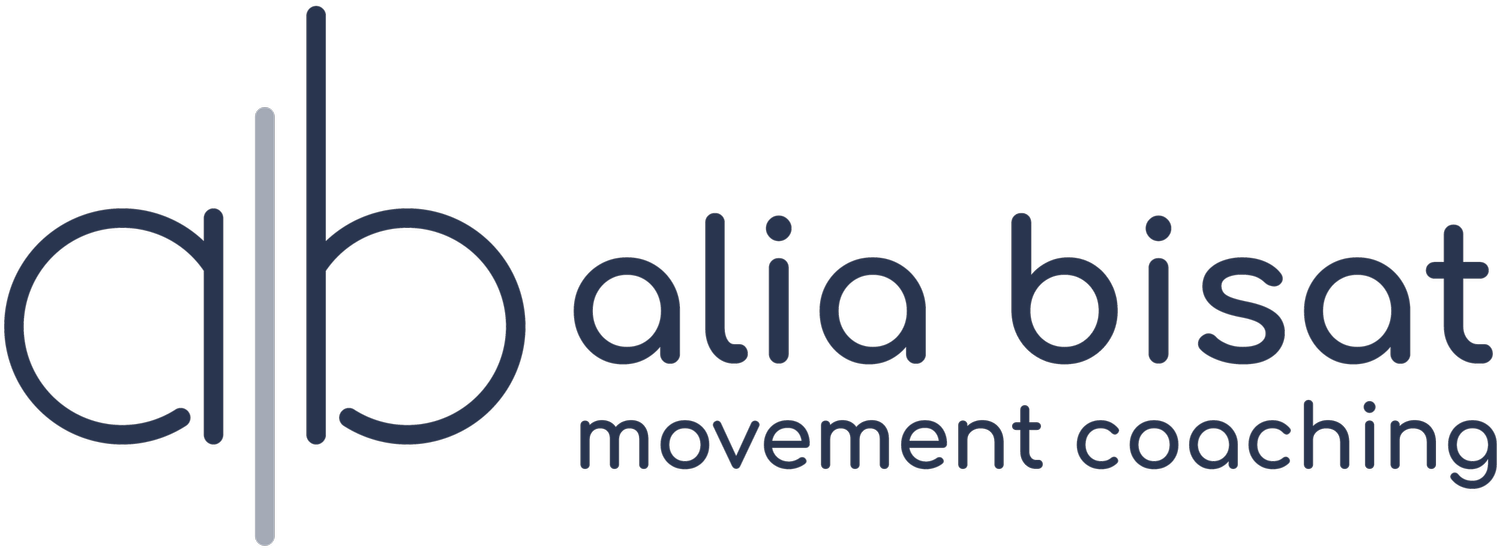Change in Output Requires Change in Input
I started individual therapy recently. As all healing things go, you go in to work on one thing and find yourself focusing on something quite different, but related. (Knee pain anyone? You will find yourself working on your hip or your foot— or both). The other week in therapy, I was pushing back on something, consistently and creatively, throughout the session. Finally, my therapist gently said, “There’s a saying in psychology that people come to therapy to get better at what they already do.”
That hit me. She was right. I just wanted to strengthen and refine the skills I already had, I wanted to better apply the stories I had already written, the beliefs that were already entrenched. I wanted to live my life better but with the systems I already had in place. I understood there was no way that could work sustainably, long term.
Intentionally choosing to experience the discomfort that comes with change isn’t for everyone. When we’re confronted with walls, the muddy territory, the pain or unsettling feelings, we’d rather revert back to our old ways because they are familiar, even if they hurt. And on this pattern goes. There are thousands of books, professors, psychologists, and researchers who can explain their takes on behavior change. But I guarantee you, the one prerequisite for anyone to change for the better, regardless of which path one takes, is a willingness to be uncomfortable. Change requires some degree of discomfort. There is no other way. As Einstein said, the definition of insanity is doing the same thing over and over and expecting a different result. If we want a different output, we have to change the input, and changing the input can be difficult.
Lorimer Moseley, one of the leading pain science researchers in the world, once said:
“In order to get better,
you must have some psychological flexibility.”
Chronic pain has a way of becoming a part of our identity via the stories we tell ourselves about our pain. Oftentimes, the longer we have the pain, the more a part of us it becomes, and the more entrenched our story. As researchers learn more, it’s clear that our belief systems strongly influence our pain experience. Common beliefs include, “I will always be in pain,” “My body is deteriorating with every year,” “Chronic pain is just a part of my life,” “It’s just age and there’s nothing I can do about it.” Statements like these run deep in the ways they permeate various facets of our lives. Having the psychological flexibility to recognize them, understand their influence, and uncover their origins can help us begin a process of change where the input (new belief system) is finally different. If we can be flexible, the opportunity to feel better does exist.
What are your stories about your pain? What do you believe to be absolutely true? What if you’re wrong? Who would you be if you weren’t in pain and what would that mean?
